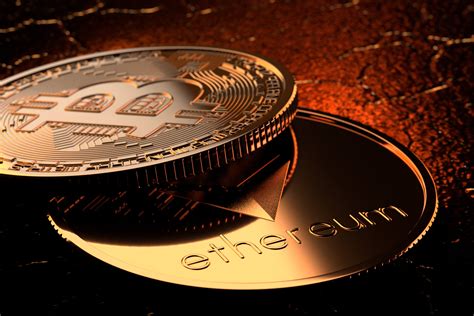The Mystery of Ethereum’s Exchange Rate: Unpacking the Numbers
In the world of cryptocurrency, understanding the numbers behind the scenes is crucial to making informed decisions as a trader or investor. However, one concept that has puzzled many Bitcoin enthusiasts is why the exchange rate of Bitcoins seems to be the same for everyone – regardless of where they’re trading from. In this article, we’ll delve into the mysterious world of Ethereum’s exchange rates and explore the underlying factors that contribute to these numbers.
Decentralized Nature of Cryptocurrency
Cryptocurrencies like Bitcoin are designed to be decentralized, meaning that there is no central authority controlling their value or exchange rate. This allows for peer-to-peer transactions without the need for intermediaries, making it a truly borderless and open system.
Ethereum’s Role in Facilitating Cross-Currency Trading
To facilitate cross-currency trading between different exchanges, Ethereum introduced its native cryptocurrency, Ether (ETH). Ethereum is not just a platform; it’s also a decentralized smart contract protocol that enables the creation of self-executing contracts with the help of smart contracts. This has created a ripple effect in the cryptocurrency space, allowing for seamless and secure trade execution across multiple exchanges.
Why Exchange Rates Are the Same
So, why do we see the same exchange rate of $246.09 USD when trading Bitcoins? The answer lies in how Ethereum’s blockchain handles transactions. Here’s what happens behind the scenes:
- Smart Contract Traders

: When a trader trades on an exchange, they’re using their own wallet and executing the trade through smart contracts stored on the Ethereum network.
- Ethereum’s Gas Fees: As part of this process, the transaction is subject to gas fees, which are essentially “tokens” that represent the computational effort required by the smart contract to execute the transaction.
- Exchange Fee: The exchange also charges a fee for facilitating the trade between the trader and the other party (the recipient).
- Ether Price: As a result of these transactions and exchanges, the price of Ether is determined by supply and demand in the market.
Why the Same Rate Across Exchanges
Now, here’s where things get interesting. The reason we see the same exchange rate across different exchanges lies in how they handle gas fees and other transaction costs. Here are a few reasons why:
- Lack of Centralized Exchange Rates: Unlike centralized exchanges like Coinbase or Binance, decentralized exchanges (DEXs) on Ethereum don’t have a single point of control for their rates.
- Market Forces at Play: The prices of Bitcoin and Ether are determined by the market forces of supply and demand. As more traders join the market, the price adjusts accordingly.
- No Centralized Price Determination: Unlike traditional financial markets where central banks or governments set prices, Ethereum’s decentralized nature means that exchange rates are determined entirely through market forces.
Conclusion
The mystery of Ethereum’s exchange rate is a complex one, but it ultimately boils down to how smart contracts and gas fees work within the Ethereum ecosystem. By understanding these underlying principles, traders and investors can better navigate the world of cryptocurrency exchanges and make more informed decisions about their investments.
However, this raises another question: what happens when the decentralized nature of Ethereum’s network is disrupted? How will we adapt our trading strategies in a scenario where exchange rates no longer seem to be as predictable? These are questions that only time will answer.


